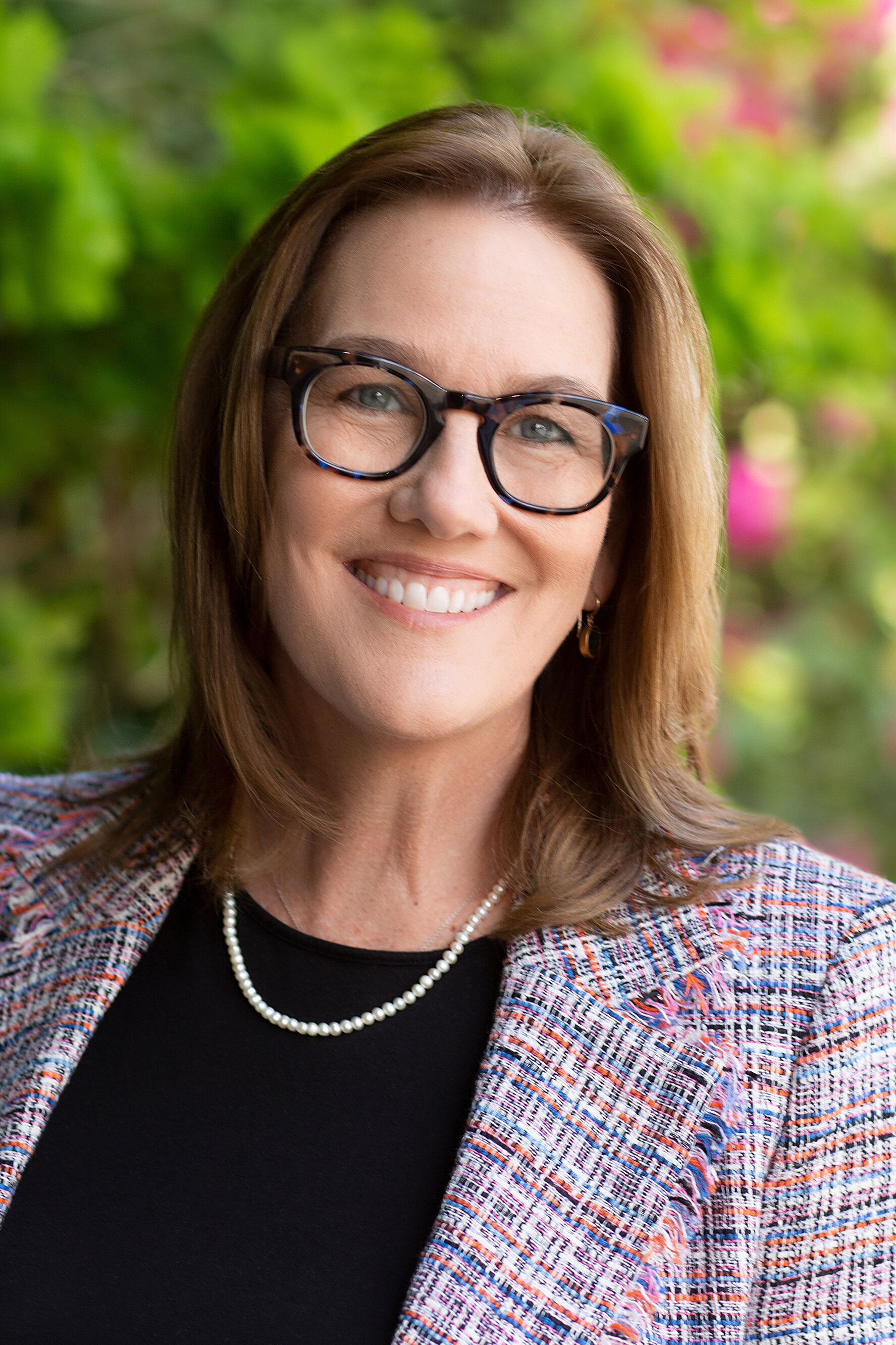John Blumthal, FAIA
Past President, AIA Portland
Past President, AIA Oregon
Founding Member, Architects Without Borders-Oregon
What AIAO Can Learn from AWB-Oregon’s Experience
Heather Wilson recently suggested that I contribute a “Message From” article for the AIAO Thursday @ Three eNewsletter highlighting attributes and experiences of Architects Without Borders – Oregon that might be meaningful as AIA Oregon looks to its future and builds up the systems to support the new statewide AIA organization structure.
Thinking about how AWB-OR’s experience might be useful to AIAO, the first thing that came to mind is how AWB has successfully served remote clients and utilized remote members on project teams. There may be lessons here for how AIAO works with members and sections spread across the state. Our AWB-OR project teams rarely have the benefit of working in a common space at common hours and it is extremely rare for us to visit the overseas communities we serve. We have relied on email, messaging apps, phone calls, conference calls, video conference calls, and most recently Zoom meetings to communicate with project sponsors and users and project team members. We’ve used Dropbox, Teamwork, Slack and Google Docs to support collaborative work by our scattered design team members.
As AIAO works to serve members and sections spread across the state, I believe that the lesson that can be drawn from AWB-OR’s experience with these communications methods is that whatever method or system is used, it needs to be used frequently and regularly. Keeping remote participants engaged can be challenging, and communication gaps or silence are corrosive to effective teamwork. Even if the team has nothing new to report or discuss, this fact needs to be shared and responsibilities for changing this situation need to be confirmed. A regularly scheduled Zoom meeting can be brief if there is little or no progress to report, but simply canceling the meeting is not advisable. Remote collaboration seems inherently more fragile than in-person collaboration, and requires frequent reinforcement of the commitment to shared goals.
A second lesson from AWB-OR experience that may be beneficial for AIAO is our expectation that project teams will operate relatively autonomously. This results in teams taking strong ownership of their operations and products. Applying this lesson to AIAO, I’m thinking of committees or sections as being the equivalent of our AWB-OR project teams. We do not use a standard template for team organization or operations. Our volunteer team members organize themselves based on the skills and time each member can commit to the project, setting schedules and dividing responsibilities by consensus within the team. Some trial and error is involved in each project, but this self-organization creates a sense of ownership that would not exist if the team felt shoehorned into a system devised by someone else.
I mentioned above that AWB-OR has used many communication and collaboration software programs (and I have likely forgotten some). This has been, in part, because project teams have selected their own systems based on what team members are familiar with. With software evolving as quickly as it does, I believe we have benefited as an organization by this exposure to multiple systems, moving to newer and better systems more quickly than we might have done otherwise. Additionally, the autonomous operation of our teams creates opportunities for young professionals to serve in management roles that may not be available to them in their day jobs. This helps us attract volunteers and maintain their enthusiasm for working on AWB-OR projects.
A third area where Architects Without Borders - Oregon might be able to offer a model to AIAO is how the identity of the organization has evolved. Initially we were simply a bunch of idealistic architects, students and allied professionals thinking that we could help communities in need by providing design services. Today, with sixteen years of experience behind us, I believe we see ourselves primarily as a network - individuals, firms, resources, past clients and collective experience - maintained to support the aspirations of communities and non-profit organizations. How the members of AIAO individually and collectively see the organization will shape expectations of the organization and commitments to participation and leadership. I expect that defining AIAO and its elements will be a dynamic process during the next few years, deserving careful attention to allow ongoing evolution of an identity that will attract and inspire members.
Architects Without Borders – Oregon is grateful for the support that AIA Portland and AIA Oregon have provided in the past. I hope these thoughts can contribute to AIA Oregon’s continuing evolution and I look forward to our organizations working together in the future.



